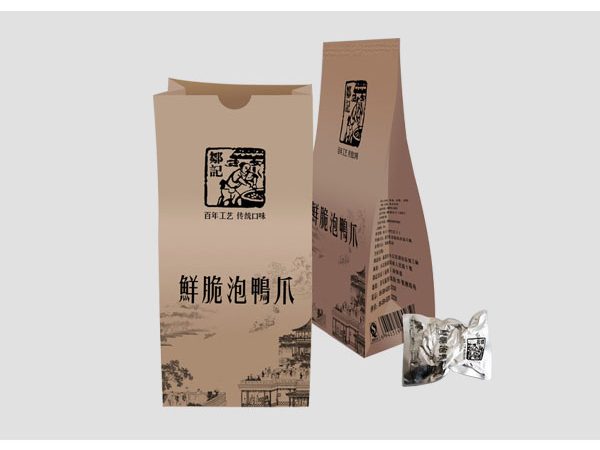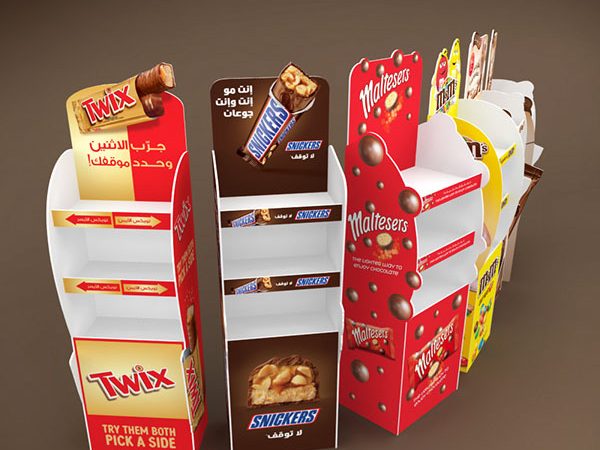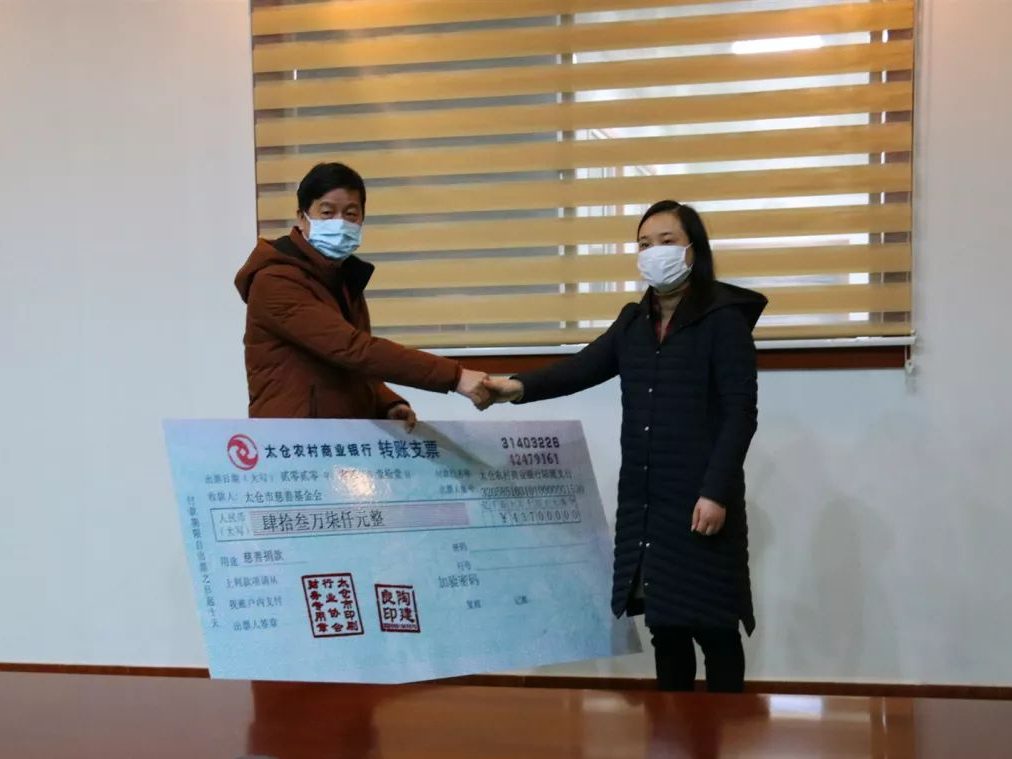What’s the difference among several kinds of displays
Countertop Displays
Countertop displays are moveable display units that rest on flat surfaces, such as table tops or checkout counters. These displays are most effective in:
-
- Promoting impulse purchases – Especially when placed at the checkout counter, customers have an opportunity to add last-second items into the shopping cart.
- Promoting smaller items – Countertop displays have less real estate for promoting items, making them a good space for smaller merchandise, like sweets or gift cards.
- Promoting lower-priced stock – Countertop displays, especially if placed at the checkout counter, sometimes have a lower price point. A low-cost item will make the buying decision easy for the customer, so they are not slowing down the line as they consider the worth of the purchase.
- 3 Tips on Checkout Displays:
- Feature universally appealing items – Products should be useful in most anybody’s life, like chapstick, hand sanitizer and gum.
- Showcase hot products – Avoid pushing clearance items up front.
- Merchandise should be evident – What the product is and its purpose should be clear to keep the customer moving through the checkout line.
Pallet Displays
Pallet displays are floor displays that sit on a wooden pallet. These are sturdier than standard floor displays. Pallet displays are typically fully-assembled and shipped with the product in retail-ready packaging to reduce logistics coordination. This option means that store personnel only need to forklift the pallet display into position.
Pallet displays are most suitable for:
-
- Use in larger retail spaces – Big box stores, like Costco or Sam’s Club, and grocery stores are ideal for pallet displays. Since these displays are spacious, they require a reasonably large footprint.
- Moving a high-volume of products – Goods on a pallet display are visible and grabbable from four sides, facilitating a high turnover of product.
- Like the look of the pallet display, but need a smaller size? Good news! They come in half or quarter pallets too.
End Cap Displays
End cap displays are placed at the end of an aisle. This space ensures maximum product viability and is a high conversion point for customers, who usually do not go down each aisle. End cap displays does not have a specific design, but are characterized by their location. Half-pallet displays and standard floor displays can work well as end caps, as well as a shelf display for pre-existing end cap shelving.
Products displayed on end caps should have wide appeal. Perennial favorites, like soda or chip, make good end cap products. End cap promotion can boost sales for seasonal items, such as back-to-school supplies in the fall or fans during the summer.
Providing free food samples is usually an end cap activity, and new products may be featured on end caps for improved brand exposure.
Power Wing (Sidekick Displays)
These small, lightweight displays are usually attached to end cap displays. Power wing displays are a safe bet for easily-recognizable products that are add-ons for products featured at an end cap.
A sound strategy, for example, would be to have a power wing with batteries for an end cap that contains electronics requiring batteries.
Sidekick displays are usually pre-loaded with product to make them easy to setup at the retail store.
Common items used in a power wing display (side kick display):
- Small electronics
- Pharmacy products
- Small beverages/samples
- Cosmetic or hair care products
Dump Bins
As the name implies, dump bins are large containers that products can be dropped into and easily grabbed. This display works with goods that are long, oddly-shaped or have little to no primary packaging. As a more durable display solution, dump bins can contain heavier items too.
Some helpful guidelines for dump bins include:
-
- Dump bins are typically larger, so extra space is required.
- Take advantage of the bin size and use large fonts and imagery to attract customers to the product.
- Inserts can attractively divide the contents by color, flavor, or other factors.
- As an easy-to-move display, dump bins are good for excess stock.




